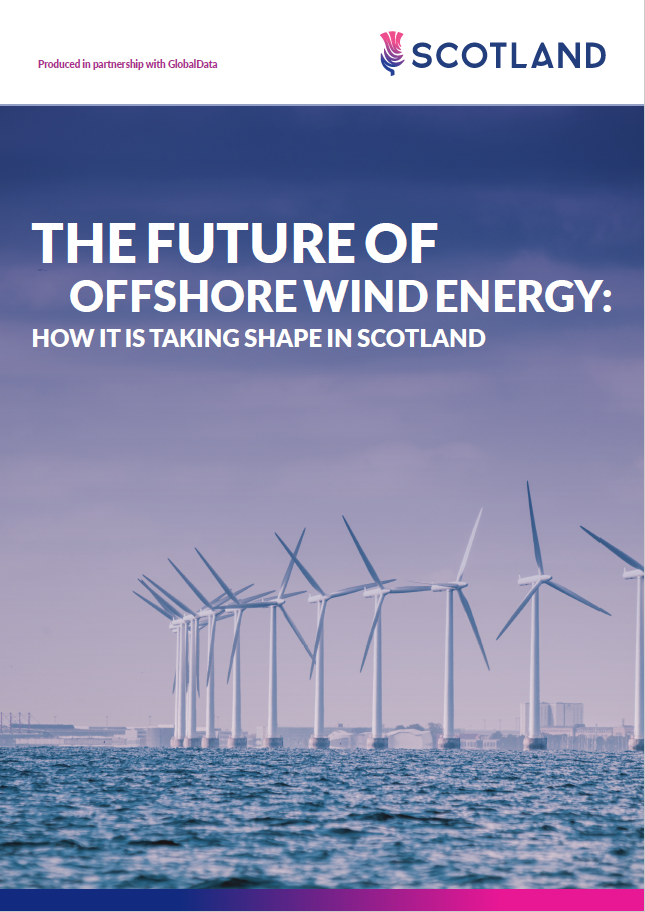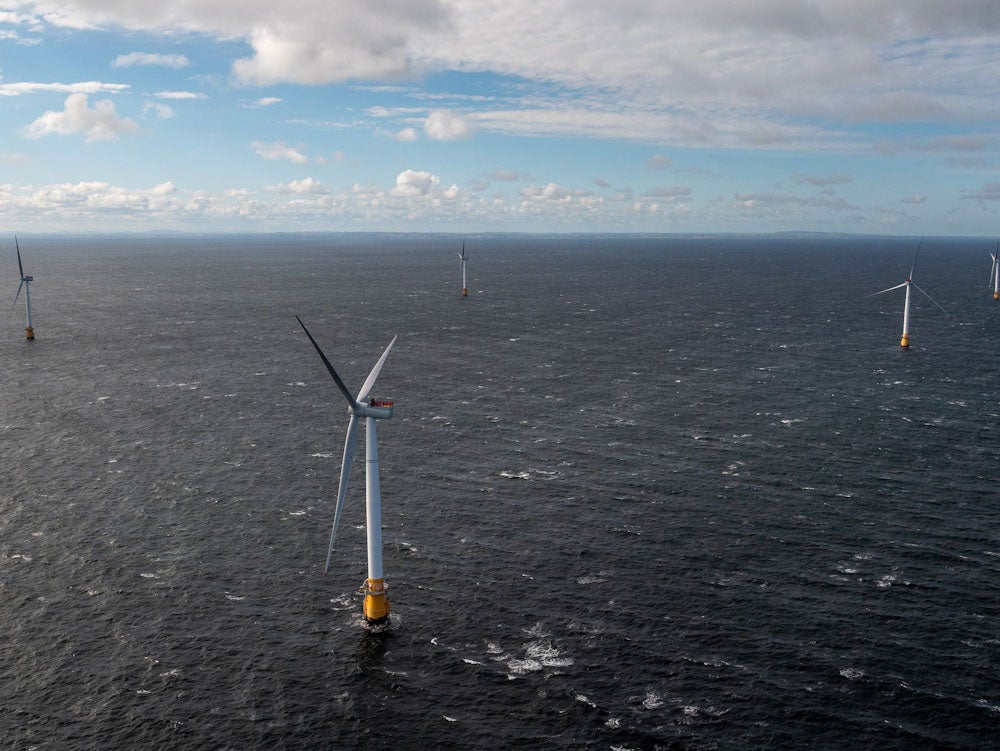
Offshore wind may be an established form of electricity generation, but a series of innovative projects in Scotland are set to expand capacity potential and make a substantial contribution to the energy transition.
The aim of the Innovation and Targeted Oil & Gas (INTOG) leasing round is to significantly decrease emissions from oil & gas production with electricity generated by offshore wind assets in the seas around Scotland. Alongside reducing the carbon impact of oil & gas, projects under the initiative will further innovate technologies using offshore wind – with floating turbines a notable area of development.
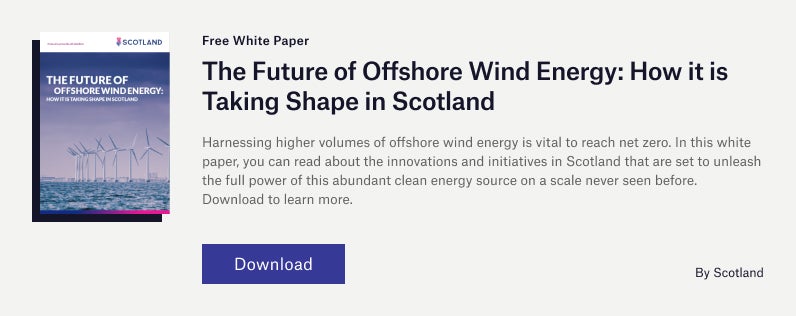
INTOG is part of the North Sea Transition Deal between the UK Government and the oil & gas industry, which seeks to halve offshore emissions by 2030. The leasing round invited bids for seabed rights from Crown Estate Scotland to develop new wind energy projects and help decarbonise the North Sea industry. Furthermore, all net revenues generated from INTOG are allocated to the Scottish Government from Crown Estate Scotland.
Projects from INTOG are split into two parts. The first is known as IN and relates to small-scale innovations of under 100MW. TOG projects in the second part are focused on oil & gas infrastructure, delivering electricity to operations while reducing carbon emissions from production.
Applications opened in June 2022 and closed in the following November. Thirteen projects have been offered exclusivity agreements. Five of these have been selected for the IN part, with the remaining eight approved for TOG.
These schemes offer the companies involved significant opportunities to develop new technologies and processes for wind energy that could end up making a major contribution to global decarbonisation efforts.
“If we can deliver this here in Scotland and gain the experience of doing it, then our supply chain companies and the companies that are delivering this can take that knowledge anywhere where they’re looking at the decarbonising of oil and gas production energy,” says Paul O’Brien, cluster manager with the DeepWind offshore wind cluster. “So, there’s also an export opportunity for anywhere with deeper-water oil & gas.”
Decarbonising oil & gas operations with wind energy
Scotland has more than four decades of experience in North Sea oil & gas production, which accounts for approximately 3% of all UK carbon emissions. With operations set to continue for at least another couple of decades, any emission reductions will make a big contribution towards UK net-zero goals.
Furthermore, the North Sea oil & gas industry is taking action to become a key part of the solution, offering the vital engineering expertise and skills that are invaluable for the energy transition. Crucially, the industry is also providing the essential investment.
A typical North Sea oil & gas platform needs approximately 50MW-100MW to operate. At present, most of this power is provided by fossil fuels – often from diesel generators. But if this energy can be provided by offshore wind, it will have a dramatic impact on reducing carbon emissions from the North Sea. INTOG is enabling these reductions.
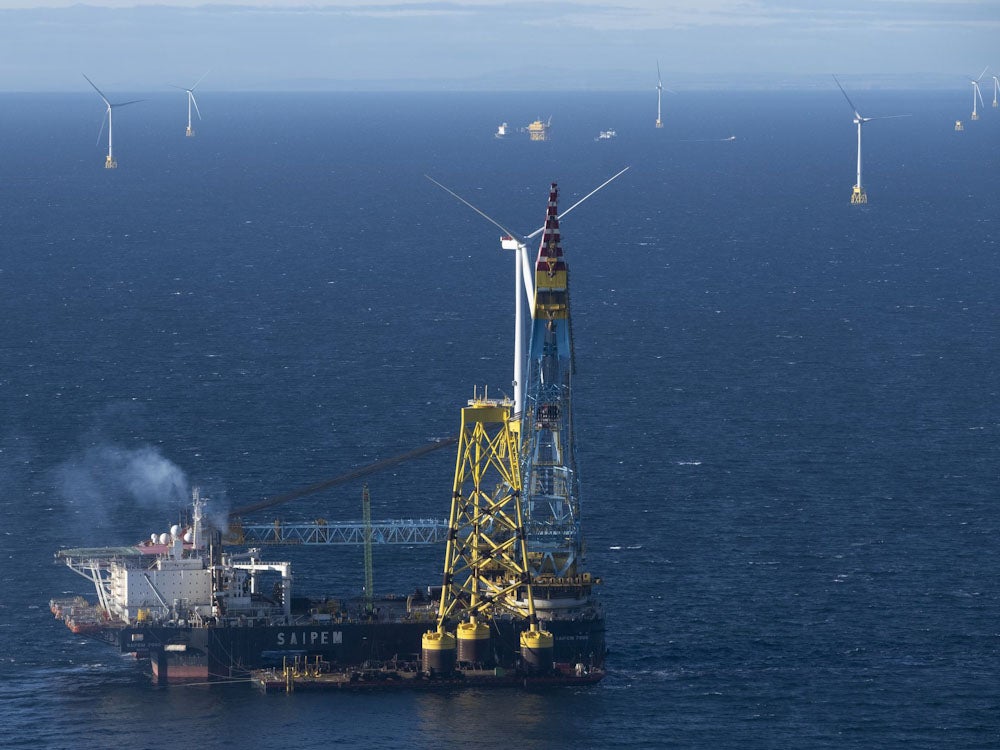
Major global corporations with INTOG projects include BP and TotalEnergies, which have backgrounds in oil & gas, but have diversified their portfolios to include renewables. Meanwhile, ESB Energy is developing a project on the West Coast that will use power from a floating wind farm to produce e-fuels.
However, many INTOG projects mark the first venture into wind energy for oil & gas companies. One of these companies is Harbour Energy, which is involved in two INTOG projects each with a capacity of 15MW. Consequently, successful INTOG projects could be transferred to other markets and further reduce global emissions from oil & gas production.
“Many of the companies that are involved in the North Sea are international companies with a presence all over the world,” adds O’Brien. “So, lessons learned here could be duplicated in any of those markets. That’s what we’re hoping for.”
The potential of floating wind energy in Scotland
The history of North Sea energy began with oil & gas, but offshore wind looks set to dominate its future. Notably, floating wind turbines are widely believed to be the next large-scale source of renewable energy. By moving turbines into deeper waters, stronger and more regular winds offer greater opportunities for electricity production.
“There have been massive technology advances over the last decades, having pushed offshore wind generation further. It has moved into deeper waters. Then there’s the improved offshore technology and infrastructure, as well as taller turbines. All these factors are leading to more efficient installations,” says Barbara Monterrubio, managing analyst of energy at GlobalData.
Scotland was where the world’s first commercial floating offshore wind farm began operating. Located 29km off the coast of Peterhead, Hywind Scotland was commissioned in 2017. Yet it looks to be the first of many, with planned projects set to expand the advancement of the technology.
Floating wind projects under INTOG will add approximately 5.4GW in generation capacity once complete. A further 19.2GW will come from the larger offshore leasing round, ScotWind. Once all of the projects are fully operational, it will raise Scotland’s floating offshore wind capacity to a substantial 24.5GW.
“That’s the largest floating wind market in the world so far,” says O’Brien. “We’re attracting a lot of attention from countries that are looking at floating wind. A lot of representatives are going to be coming here to see how to do this, learn the lessons, get involved in the projects, and take that knowledge back to their country to also deliver there.”
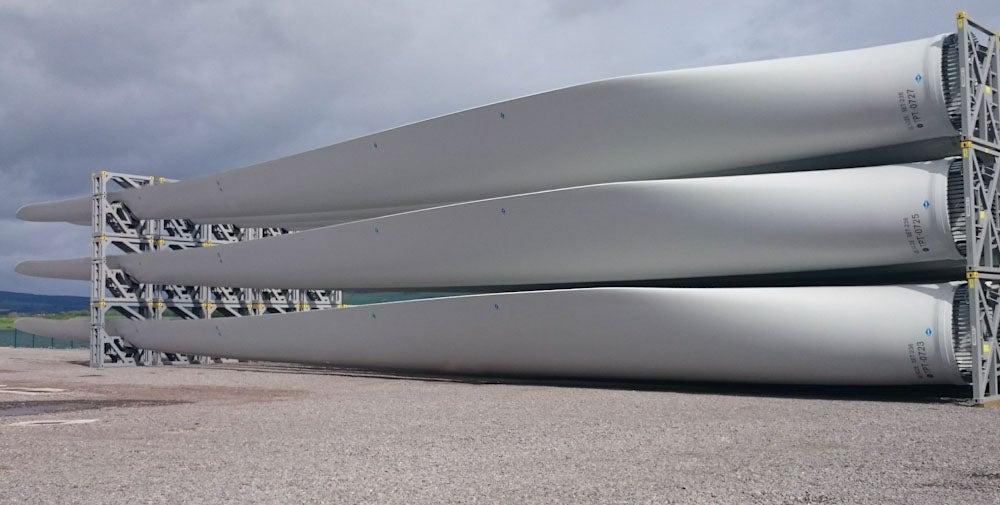
Innovations in the offshore wind supply chain
Some INTOG projects are looking into using offshore wind to power electrolysers to produce green hydrogen by splitting seawater into its chemical elements. This idea addresses two issues. Firstly, it provides a solution to the issue of renewable energy storage. Secondly, it addresses connection problems with the grid that are preventing some wind farms from being built.
“More offshore wind power can be used to produce green hydrogen. And then that hydrogen can be used to produce electricity on the platforms,” says O’Brien. “That would dramatically increase the percentage of emissions reductions. But we need to wait and see exactly how all of these projects are going to pan out.”
Contractors agreeing to source materials from Scotland as much as possible presents numerous opportunities within the Scottish supply chain. Materials such as concrete can be provided domestically, with plans to establish production of steel substructures. The presence of a domestic supply chain could also bring down the cost of assets.
“We are aiming to set up the manufacturing of these steel substructures, along with their serial production. We’re looking at ways to try and reduce the cost of offshore wind,” says O’Brien.
The first INTOG project is scheduled to be operational by 2026, with the aim to develop most schemes before 2030. Many of the projects could be operating ahead of the larger ScotWind initiative. Niche technologies and specialist skills developed through the schemes could be exported globally.
The impact of INTOG is already shaping up to be significant in the delivery of net zero and the decarbonisation of heavy-emitting industries. In the oil & gas industry, there used to be a saying that most platforms around the world featured components made in Scotland. In future, the Scottish influence on floating wind technologies could also extend around the world.
To learn more about how Scotland is shaping the future of wind energy, download the specially commissioned white paper below.


